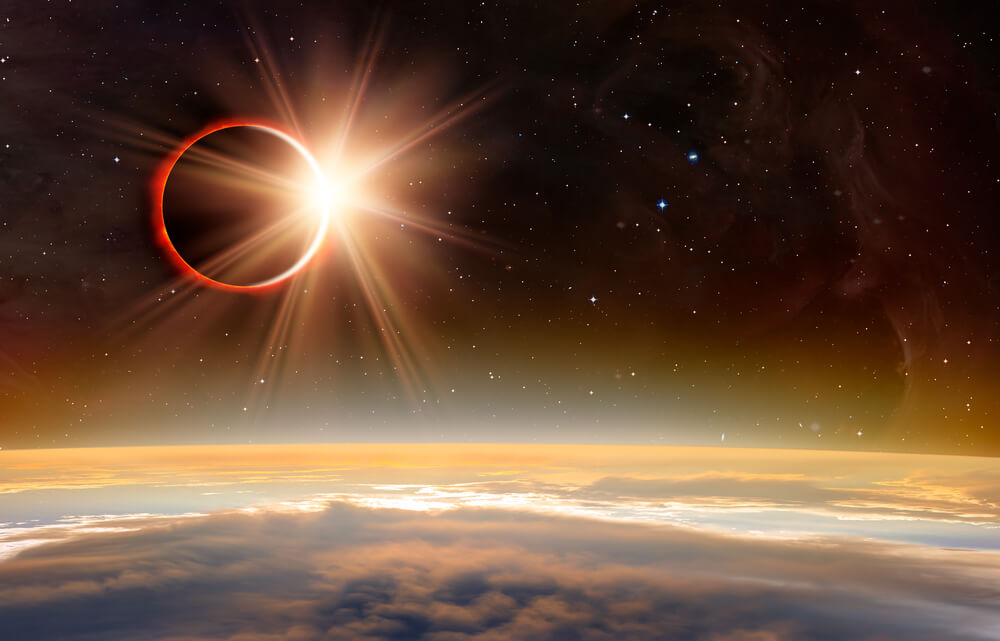The only total solar eclipse of 2020: online broadcast from NASA
The only total solar eclipse in 2020 will occur this week. On Monday, December 14, sky watchers will have the opportunity to see a spectacular celestial event when the Moon completely covers the Sun. NASA calls it "one of the most spectacular natural phenomena." Where to look at the eclipse, the publication said CBS News.

Photo: Shutterstock
When the Moon completely covers the Sun, the Sun's atmosphere, known as its crown, can be seen. This year's eclipse coincides with the spectacular Geminid meteor shower.
Unfortunately, this solar eclipse will only be visible in some parts of South America, so relatively few people will be able to observe it live. However, several live broadcasts of the event will provide amateur astronomers with a chance to see the eclipse no matter where in the world you are.
How to watch
The eclipse will be visible in South America, especially in parts of Chile and Argentina. In addition, ships located in parts of the Pacific and Atlantic oceans will also get a chance to see this phenomenon.
On the subject: How to protect your eyes from burns during a solar eclipse
Those viewing the eclipse in person should take a few precautions. Never look directly at the sun, and be sure to wear solar eclipse glasses to protect your eyes—regular sunglasses are not enough.
You will have about 2 minutes and 10 seconds before a total eclipse to see an eclipse in clear weather conditions.
For those in other parts of the world, NASA TV will be streaming the eclipse from the Pontifical Catholic University in Chile through telescopes at the Observatorio Docente. The broadcast will begin at 09:40 (New York time) with a description at 10:30 and a total eclipse at 11:02.
You can watch the broadcast of the eclipse from NASA at link.
The live stream will feature real-time eclipse phases and discussion with two NASA scientists, Jari Collado-Vega and Bea Gallardo-Lacour, who will explain how researchers are using eclipses to study the Sun.
You may be interested in: top New York news, stories of our immigrants and helpful tips about life in the Big Apple - read it all on ForumDaily New York.
Time and Date will also carry live broadcast from the Villarrica volcano in Chile, which starts at 09:30 (New York time).
The next total solar eclipse will not occur until December 4, 2021. Fortunately, in 2020 there will be a final celestial event: the great conjunction of Jupiter and Saturn on December 21.
Read also on ForumDaily:
Why did the USA believe that the presidents elected in the 'zero years' will face misfortune
2 years in complete isolation: how the US tried to “master” other planets and why nothing came of it
Millions out of thin air: how people made a fortune on crazy ideas
Subscribe to ForumDaily on Google NewsDo you want more important and interesting news about life in the USA and immigration to America? — support us donate! Also subscribe to our page Facebook. Select the “Priority in display” option and read us first. Also, don't forget to subscribe to our РєР ° РЅР ° Р »РІ Telegram and Instagram- there is a lot of interesting things there. And join thousands of readers ForumDaily New York — there you will find a lot of interesting and positive information about life in the metropolis.











